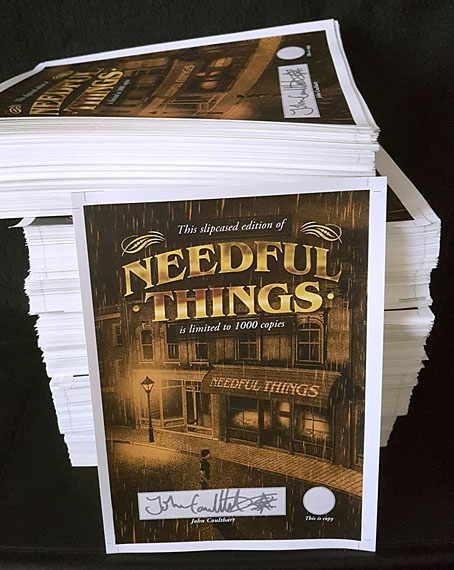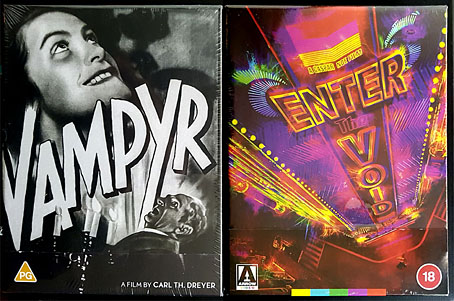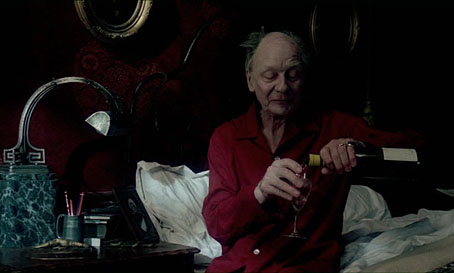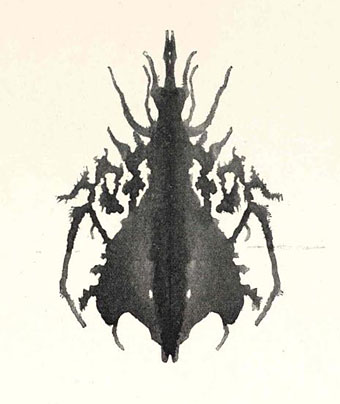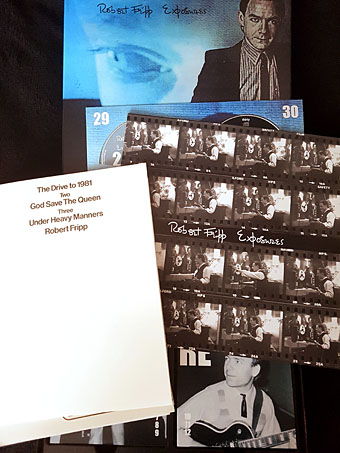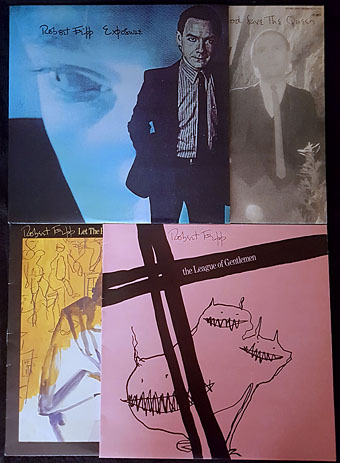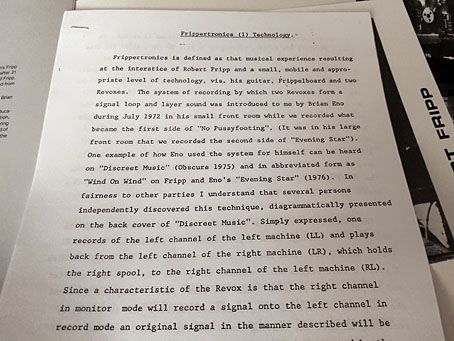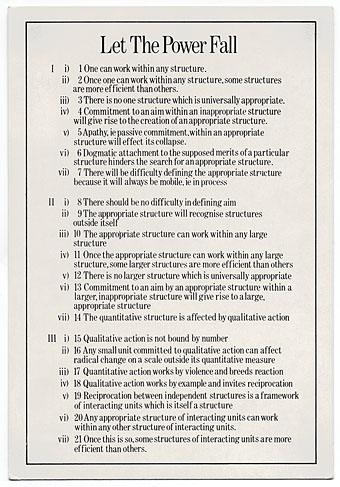Over the weekend I braved repetitive strain injury and solvent delirium from the fumes emitted by metallic markers while autographing this stack of signing sheets. The weighty pile is now on its way back to PS Publishing which means that the forthcoming illustrated edition of Needful Things is closer to being with its needful purchasers.
Undead visions
“…dreams come through stone walls, light up dark rooms, or darken light ones, and their persons make their exits and their entrances as they please, and laugh at locksmiths.”
Carmilla by Joseph Sheridan Le Fanu
In the (delayed) mail this week: a film in which one of the characters dreams he’s being buried alive in a sequence where we experience the burial from his point of view; and a film in which the main character is shot dead in the first 15 minutes, after which we journey with him into the afterlife, passengers inside his posthumous awareness, travelling through walls and laughing at locksmiths.
(Those aren’t the only coincidental connections between the two films. Playwright and screenwriter David Rudkin wrote about Vampyr for the BFI Film Classics series, while Rudkin’s most well-known TV play, Penda’s Fen, was directed by Alan Clarke, who Gaspar Noé credits as an influence. In Enter the Void the Clarke-like mobile camera doesn’t just follow people around but takes to the air…or the ether.)
I already had a German blu-ray of Noé’s chef d’oeuvre but, you know…cult film plus quality Arrow package with lots of new extras in an iridescent case. Support the artists and outlets you value. As for Vampyr, I’m looking forward to seeing this in a much better print than the poor transfer I watched years ago. Carl Dreyer photographed his adaptation of Sheridan Le Fanu’s Carmilla through a layer of muslin to enhance its dream-like atmosphere, the kind of treatment that warrants high-definition. Another viewing may also compel me to finally broach the collection of Dreyer films that I bought in a sale a while ago and have yet to watch. I’ve no problem sitting through all manner of dour European dramas but every time I look at that brick of Danish gloom I think “maybe later”, and end up choosing something else. Maybe later is now.
Previously on { feuilleton }
• Enter the Void
• David Rudkin on Carl Dreyer’s Vampyr
Art on film: Providence
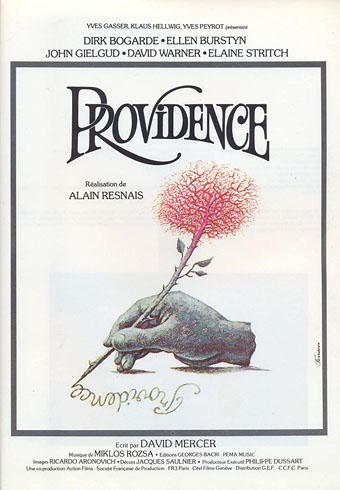
Art by René Ferracci.
Continuing an occasional series about artworks in feature films. Most people know HR Giger’s work via his production designs for the Alien films; a much smaller number of people also know about his designs for Jodorowsky’s unmade film of Dune, but hardly anyone knows that his art first appeared in a major film two years before Alien was released. This isn’t too surprising when the film in question, Providence, directed by Alain Resnais, has been increasingly difficult to see since 1977; the film isn’t mentioned in any of Giger’s books either, a curious omission for an artist who spent his career logging every public appearance of his work.
Providence began life as a collaboration between Resnais and British playwright David Mercer, with the resulting script leading to a Swiss/French co-production that was filmed in English. The film has an exceptional cast—Dirk Bogarde, Ellen Burstyn, John Gielgud, Elaine Stritch, David Warner—marvellous photography by Ricardo Aronovitch, and a sumptuous score by Miklós Rózsa. If you’re the kind of person who regards awards as designators of quality then it’s worth noting that Providence won 7 Cesar Awards in 1978, including the one for best picture. Yet despite all this, and despite being regularly described as a peak of its director’s career there’s only been a single DVD release which is now deleted. I’d been intending to write about the film for some time but first I had to acquire a decent copy to watch again; this wasn’t an easy task but I managed to “source” a version that was better than the VHS tape I used to own.
For most of its running time Providence is a film about artistic invention, more specifically about the process of writing. Clive Langham (John Gielgud) is an ailing author spending a sleepless night alone in his huge house, “Providence”, wracked by unspecified bowel problems, painful memories and fears of impending death. To distract himself from his troubles he drinks large quantities of wine while mentally sketching a scenario for a novel in which the people closest to him are the main characters. In this story-within-the-story Langham’s son, Claude (Dirk Bogarde), is a priggish barrister whose primary conflicts are with his absent father, his bored wife, Sonia (Ellen Burstyn), and a listless stranger, Kevin (David Warner), who Sonia has befriended and seems attracted to even though Kevin won’t reciprocate. While Claude cajoles and insults the pair he also conducts an affair of his own with Helen (Elaine Stritch), an older woman who resembles his dead mother. The scenario is elevated from being another mundane saga about middle-class infidelities by its persistently dream-like setting, and by the interventions and confusions of its cantankerous author. If you only know John Gielgud from his later cameos playing upper-class gentlemen then he’s a revelation here, boozing and cursing like the proprietor of Black Books. Between spasms of illness and self-pity Langham shuffles his playthings around like chess pieces, revising scenes while trying to keep minor characters from interfering; “Providence” isn’t only the house where Langham lives but also the watchful eye of its God-like author. Meanwhile, his characters bicker and chastise each other, paying little attention to the disturbing events taking place in the streets outside: terrorist bombings, outbreaks of lycanthropy, and elderly citizens being rounded up for extermination.
Weekend links 623
A symmetrical ink blot from Gobolinks, or Shadow Pictures for Young and Old (1896) by Ruth McEnery Stuart & Albert Bigelow Paine, a book where the blots are much more interesting than the interpretative verses that accompany them.
• “…within a year, they were on The Tube, performing their German-language extrapolation of Throbbing Gristle’s Discipline to a visibly nonplussed audience.” Alexis Petridis on the return of Propaganda. The group’s debut album, A Secret Wish (previously), has long been an obscure object of desire round here.
• RIP Alan White, drummer in Yes for much of the 1970s (see Sound Chaser for details), and also—although nobody mentioned this at the time—the originator of the drum sounds sampled on a Fairlight for Beat Box by the Art Of Noise.
• “For the anthropologist Stewart Guthrie, pareidolia is not a fringe phenomenon: it is at the core of religious experience.” Hunter Dukes on the interpretation of ink blots.
• “…self-righteousness is the one thing that I don’t agree with,” says John Waters. “We used humour to fight when I was young.”
• New music: October Cut Up by Black Glass Ensemble, and New Witness by Michael Begg.
• Also RIP Shiv Kumar Sharma, master of the santoor.
• “Scientists recreate Cleopatra’s favourite perfume.”
• Simon Fisher Turner’s favourite albums.
• At Dennis Cooper’s: Len Lye Day.
• Cleopatra’s Barge (1962) by Alex North | Cleopatra’s Needle (1963) by Ahab And The Wailers | Cleopatra King Size (2002) by Jah Wobble & Temple Of Sound
Exposures exposed
This colossal collection turned up yesterday. I’m still working my way through its contents: 25 CDs, 3 DVDs and 4 blu-rays; the CDs all run for at least 70 minutes each so these alone provide about 30 hours of music. The box covers three phases of Robert Fripp’s “Drive to 1981”: his debut solo album, Exposure; his Frippertronics guitar recordings, both live and in the studio; and his short-lived New-Wave dance band The League Of Gentleman. All cult stuff in this house, obviously, you don’t buy 32 discs on a whim.
The original vinyl. Looks like I’ll have to hold on to my LoG album (see below).
Exposure is present here in multiple versions which might seem like overkill but it’s an unusual album that was compromised from the outset by record company interference. Fripp’s original intention in 1977 was for it to be released simultaneously with two connected albums, the others being Peter Gabriel II and Sacred Songs by Daryl Hall; songs from Exposure appear in different versions on the other albums, Gabriel and Hall both sing on Exposure, and Fripp produces all three works. The problem with this ambitious scheme is that Daryl Hall was subject to greater commercial pressure from his record company than were Fripp or Gabriel; RCA not only shelved the “uncommercial” Sacred Songs for three years but they also refused to let Hall sing on all the songs Fripp had planned with him for Exposure. Record company refusals also put a stop to a planned version of I Feel Love which would have been sung by Debbie Harry. In order to rescue the album several of the Hall songs were redone with new lyrics and new performances by Terre Roche and Peter Hammill, all of which has led to the contents of the album being fluid enough to sustain the various mixes which Fripp calls “Editions”. On this new set you get early drafts with extended mixes of the Frippertronic sequences, all the alternate takes including Daryl Hall’s original vocals, and a new “Fourth Edition” mixed by Steven Wilson which was much better than I expected. Wilson has had a parallel career in recent years remixing many well-known albums from the 1970s, not always to their benefit. I’ve been listening to this album for over 40 years yet the new mix contains things I’d never heard before, as well as being heavier and punchier than it’s sounded in the past.
Frippertronics explained.
But the real highlight for me here is all the Frippertronics material. I’ve always liked this period of Fripp’s career which was essentially a guitar-driven equivalent of Brian Eno’s ambient music, developing the process begun on the (No Pussyfooting) and Evening Star albums. Or it was in its “pure” form… “Applied Frippertronics” was the term given to the familiar Revox-looped guitar tones when used as a backing for disco-inspired instrumentals, and even a rather plodding and eccentric song, Under Heavy Manners, sung by David Byrne. In addition to copious recordings of pure Frippertronics there are also more of the applied variety in this set than I ever expected to hear.
There’s no point attempting a proper review of all this material, I’ll leave that to others. But there are a few surprising omissions worth noting. The original release of the self-titled League Of Gentleman album was framed by about 6 minutes of tape collage, Indiscreet I, II & III, made from Fripp’s recordings of friends and colleagues. These vanished from the cut-down CD release of the album in 1985, and they haven’t returned here. Also absent are similar taped moments that were mixed into the original versions of Cognitive Dissonance, HG Wells and Trap plus three shorter tracks, Pareto Optimum I, Pareto Optimum II and Ochre, all of which were tape-loop pieces with an organ as the instrument. I bought the League Of Gentleman album when it was released so it feels incomplete without the shorter musical pieces and the “indiscretions”. The omission of the latter is thrown into further relief by the proximity of Exposure which contains similar taped voices (Brian Eno, Fripp’s mother, the ubiquitous JG Bennett) scattered between the songs, yet all of these have been present in every release of the album. Worst of all, since it’s always been a favourite song, is the absence of Danielle Dax’s vocal from the new mix of Minor Man. The original sounds like this.
Another omission is this list of principles which appeared on the back of the Let The Power Fall album and also on a postcard inside the album. It’s not really essential to appreciation of the music but it was a statement of Fripp’s philosophy in the late 1970s, and his concern with being a “small, mobile, intelligent unit” working in opposition to those he termed “dinosaurs”, ie: the big record companies like RCA who were often working against the best interests of their artists. The booklet inside the Exposures box reproduces all the artwork from the original albums plus the artist photos that appeared as postcards with some of the releases but not this item. Even if Fripp no longer agrees with its sentiments it would at least seem historically relevant.
I think I’m done now with the big DGM boxes, and yet… If there was another one collecting all the studio and live recordings that Fripp recorded with David Sylvian in the 1990s I’d be tempted. The First Day album is one I like more than most of the King Crimson music from the same period, and the pair happened to play a version of Exposure (the song) on their tour. There’s at least one high-quality bootleg from that tour in existence, plus odd tracks that only appeared on EPs, so who knows what else might be in the archives. How about it, Mr Fripp?
Further reading/viewing:
• Exposure promo video
• Exposures contents list
• The Exposure pages at Elephant Talk
• Robert Fripp interviewed in Synapse magazine, 1979 [PDF]

